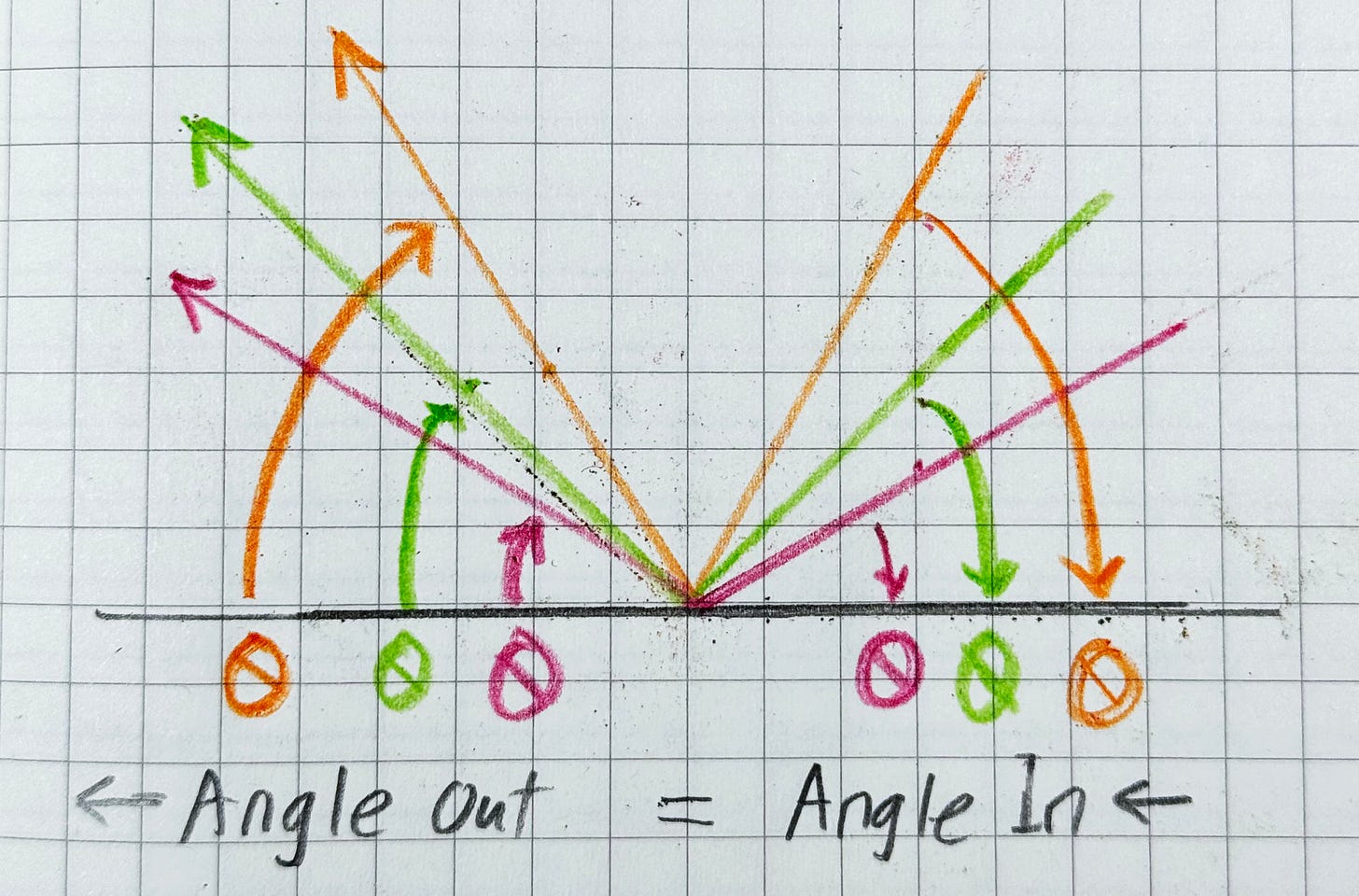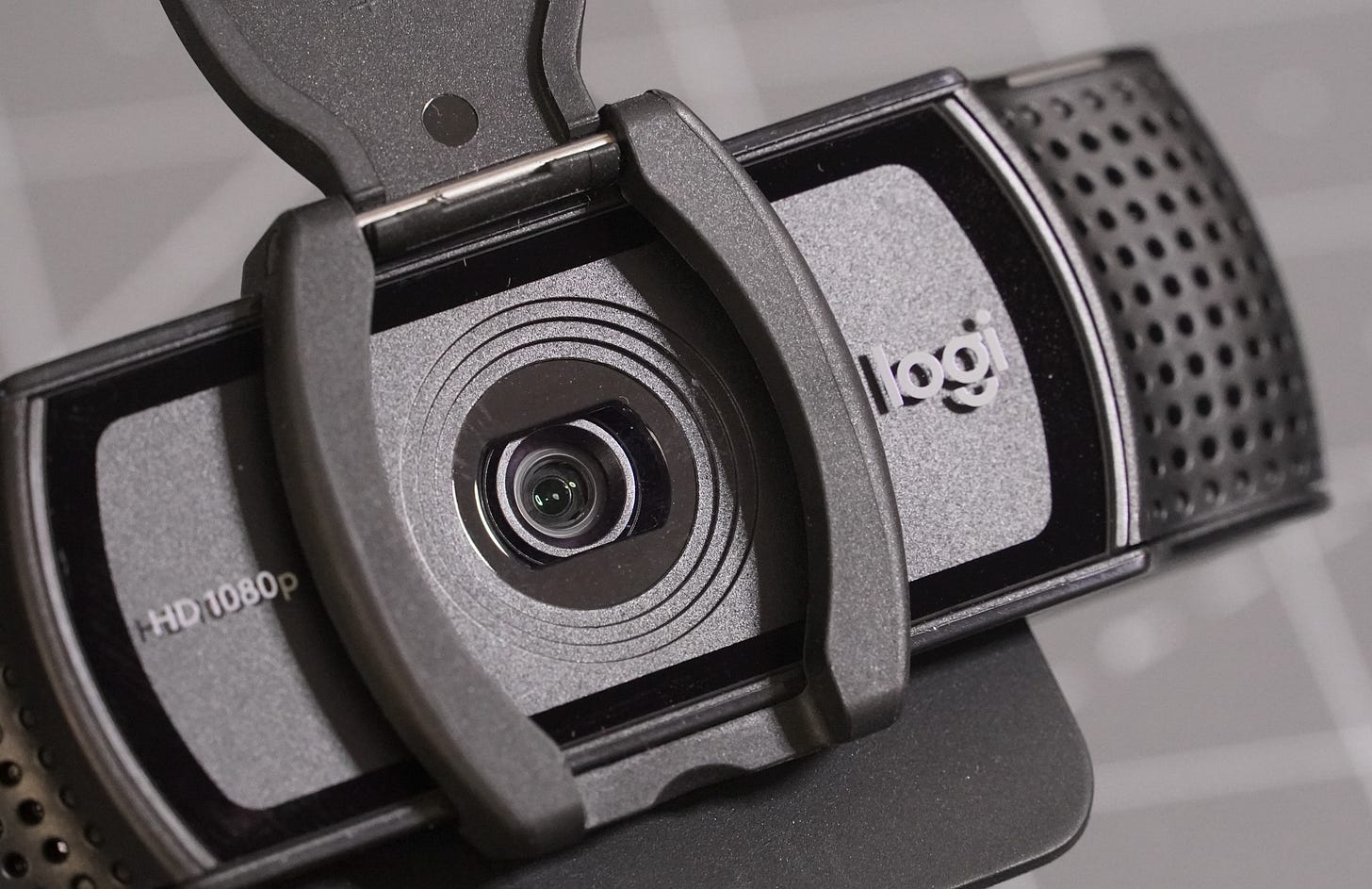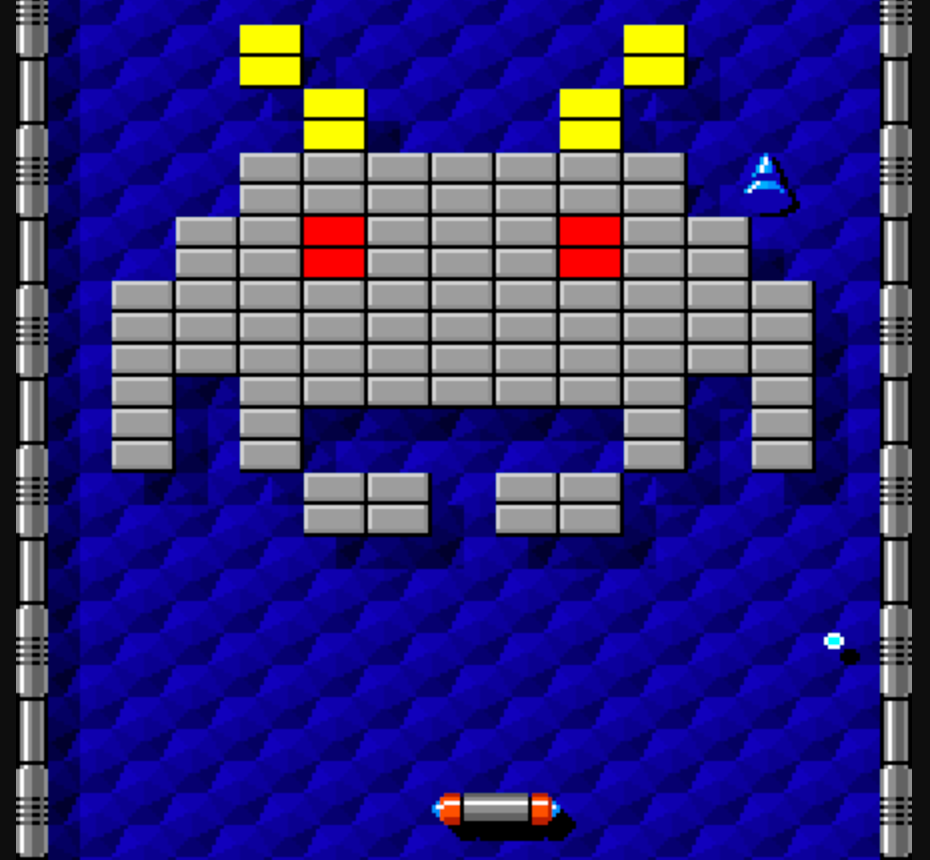What do WWII Fortifications & Modern Cameras Have in Common? [+Pong]
Look below the surface, reflect on things at a fundamental level, observe commonalities for inspiration.
Yes, WWII fortifications, cameras, even Pong have something in common–reflection, i.e. angle in = angle out. These designs–dissimilar in function and separated by many decades–take advantage of the same physical concepts and similar design principles.
Consider your surroundings1 anywhere and everywhere for engineering and life inspiration.
Tech Adjacent Sponsors:
Phil’s Cat Shack: Providing the best cat shacks in the industry, with air conditioning, full-service robotic kitty litter, automated petting, and beta-level nap shielding.
Interested in sponsoring Tech Adjacent? Email hi@jeremyscook.com or simply reply back to this email to find out more!
Stepped Slit WWII Fortification Design
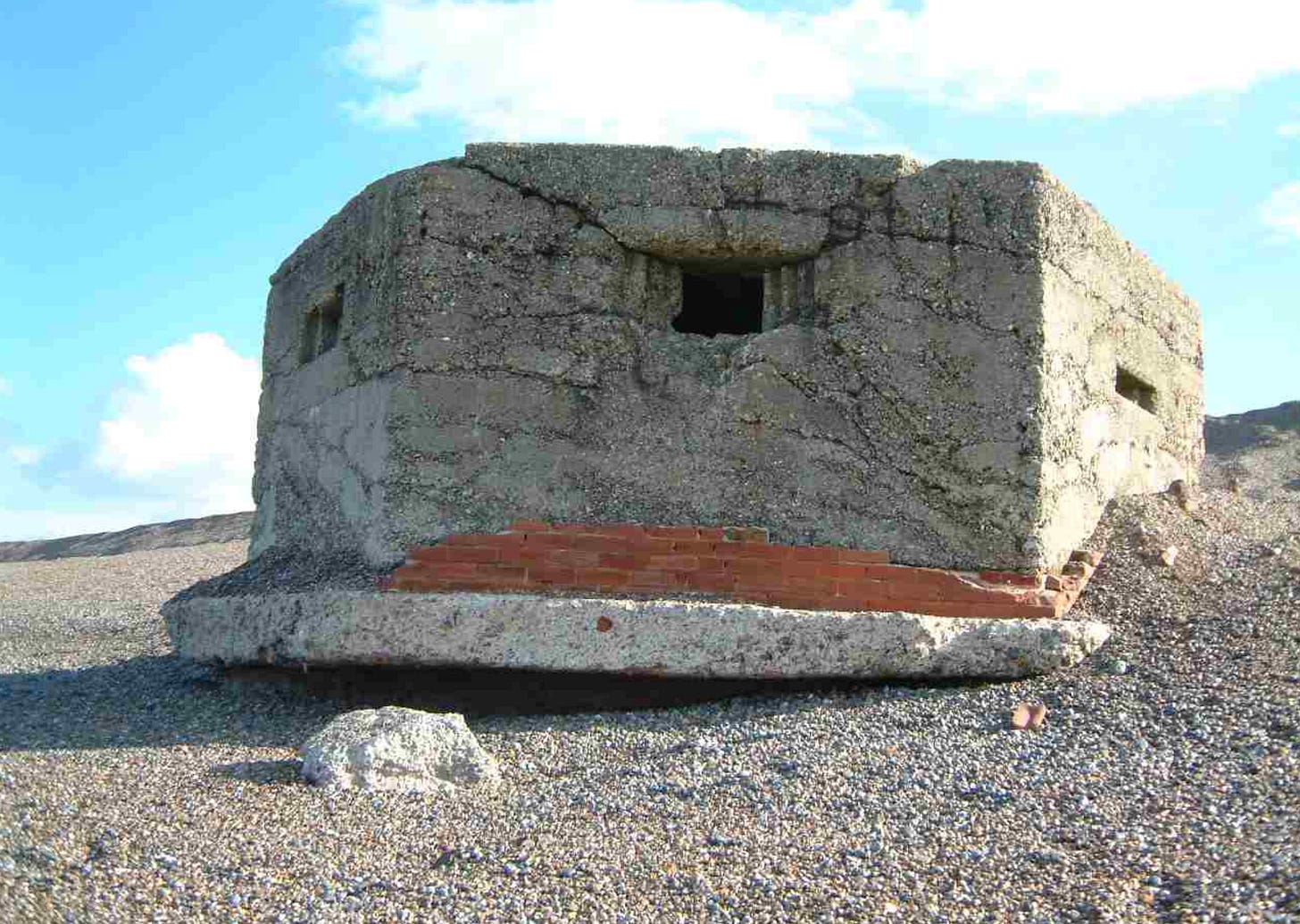
Let’s just say you are a French soldier in the summer of 1940, and find yourself face-to-face with a cracked out2 Heinz Guderian, eager to crush your army and slurp up all of your snails and other resources. You might have take solace in the fact that you are stationed in the rather extensive network of fortifications that French army engineers built for just such an event–complete with gun slits that you can fire out of in relative safety.3
These slits were designed to be thick enough to resist explosions and bullets, while allowing for a rather wide ranging field of fire to keep ambitious Krauts4 from sneaking up from the side. A thick straight slit design would provide protection, but little in the way left/right aiming, while an angled in slit would allow you to aim left and right, but bounce bullets into your safe space

The solution? Combine the two concepts via a slit that is angled, but with steps to keep a horizontal surface facing the enemy! I CAD-GIF-illustrated the concept above. Notice the path of the red bullet as it enters stepped-slit pillbox, versus a purely angled design.
Sure, this didn’t save France in the short term, but it certainly slowed things down. And it cost the Germans men and material that they could have used later.
In summary: When a bullet, ball, beam of light even hits a flat surface, it’s reflected out at the same angle at which it hits. So stais are much better than ramps in this context.5
Steps: stop bullets, stop light reflections
Now consider yourself today, reading this post in your warm/cool, safe office–depending on the work your forefathers did to keep our world safe-ish for roughly 80 years6. It’s time to join an online meeting to talk about something rather nebulous, so you turn on your trusty Logitech webcam to capture visual data.
There’s a lot of high-tech stuff going on here, but if you look closely at the camera, you’ll notice that the lens is buried behind the same sort of stepped defensive geometry that protected soldiers in the last century. Just as bullets reflect off of a surface at the same angle that they strike, light reflects off of a surface at the same angle it approaches. Unintended light is rejected by stepped flat surfaces, rather than bank-shotted into the photographic bunker (i.e. lens) itself.
The same principle is seen in the smartphone lens assembly below. While this may or may not make a noticeable difference in your shot by itself, every little bit of improvement adds up!
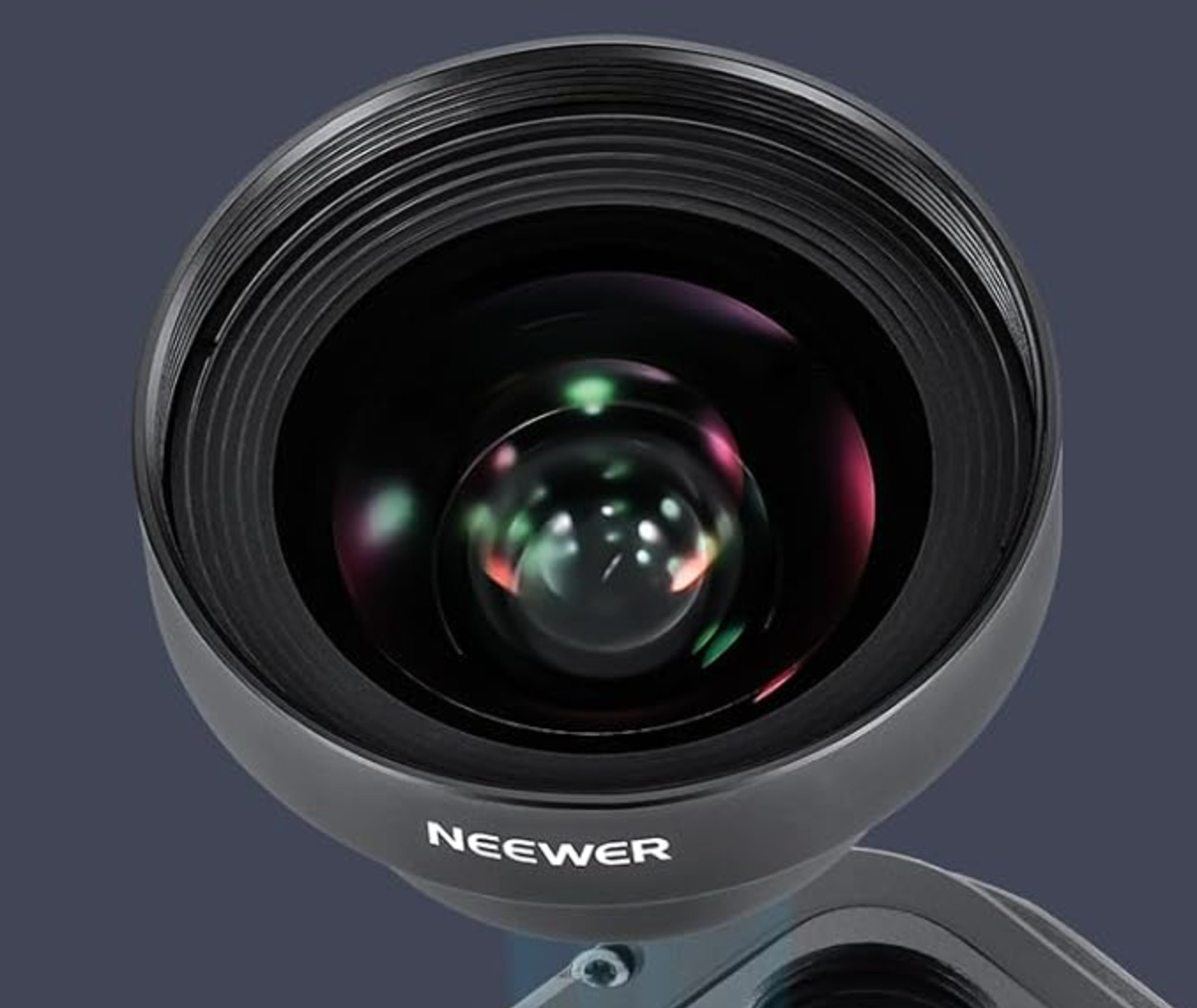
Also, Pong, Arkanoid, et al
This angle in = angle out principle is also played out in arcade games like the original Pong, Arkanoid, and probably hundreds of other examples. While you can control the angle that the ball bounces off of your paddle in Arkanoid based on where it hits (IIRC), wall and brick reflections are a simple matter of angle in/angle out.
I’d assume Pong is similar, but I’m only really familiar with Arkanoid. Consider how, as shown below, the bricks and the walls are all 90º angles. Sure, missing your target here isn’t as serious as a stray bullet in your bunker… but I imagine such games would be more difficult to program and less fun to play if they didn’t use this sort of 90º bricks-and-walls setup.
Hooray for right angles. Hooray for reflection!
Try new things, reflect on your environment
Camera equipment versus fortifications and video games present interesting parallels, but there are other areas where fundamental concepts can be applied in disparate realms.
Keep your eyes open for inspiration and ideas no matter where you are. Give something a second look, try something new, and see where it takes you!
Musical MIDI adventure leads to Profitable PLC product!
Personally, I started experimenting with music a bit more over a year ago, which led to experimentation with the MIDI (electronic music) protocol. This led me to develop an adapter for the Arduino Opta that lets people use MIDI with it, as well as more general serial and I2C communication protocols.
I’ve sold quite a few of these adapters, helping solve other people’s challenges and even making a small profit.7
Keep your mind open to invention… and when the opportunity arises and don’t hesitate to commercialize your “thing!”
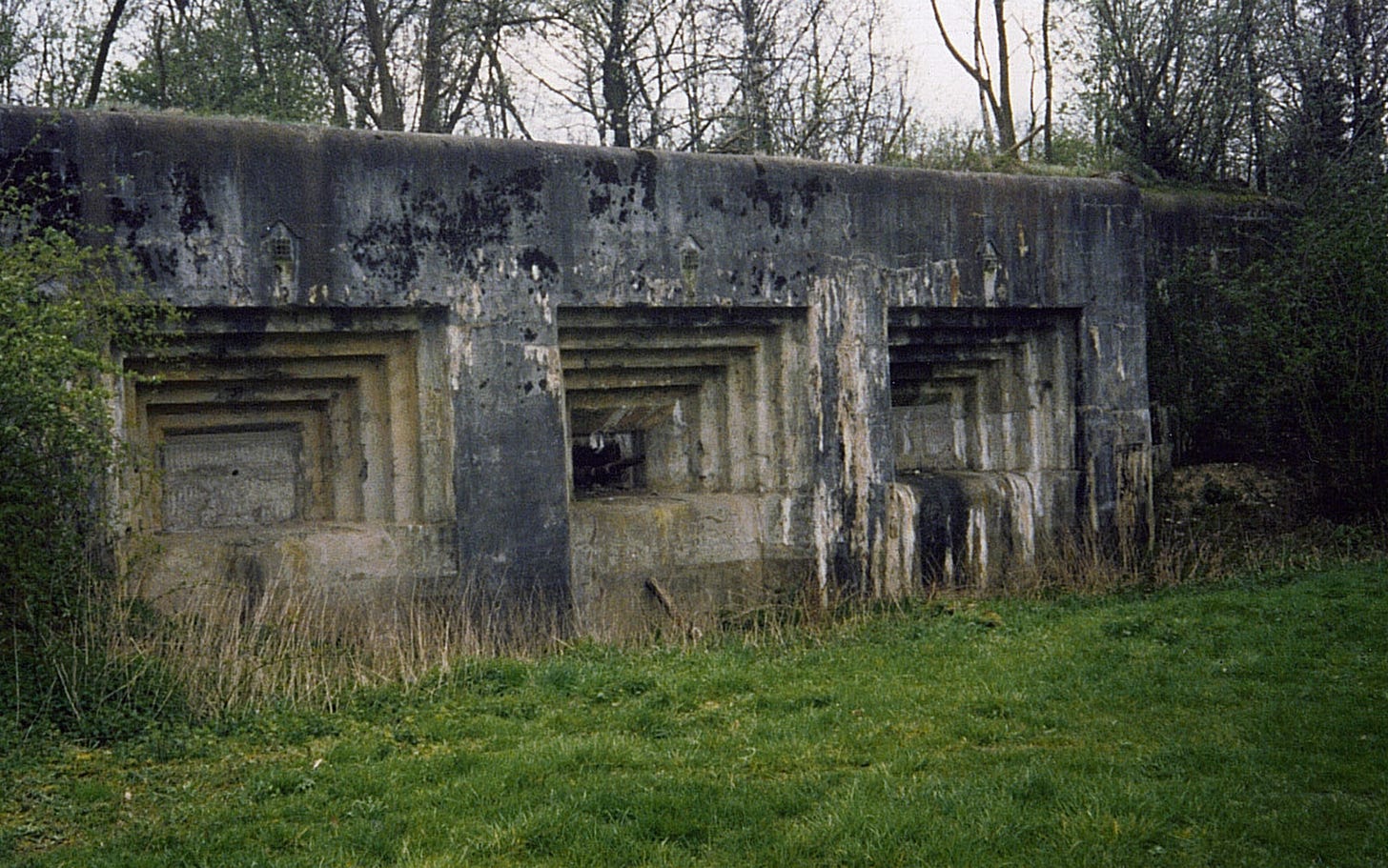
Thanks for reading! I hope you will follow along as I post weekly about engineering, technology, making, and projects. Fair warning: I sometimes get a little off-topic in the footnotes. And I’m from Florida, and so may have had an alligator or two as pets growing up… Perhaps they are alive today and could be used to test earth-wormhole pet friendliness.
Any Amazon links are affiliate
Addendum/Footnotes:
I have heard psychotropic drug usage described (in part) as allowing your mind to observe things as their essence rather than in the normal context. E.g. we consider a tree in the context of a forrest or nature, but not so much the texture of its bark, diameter, and height outside of our normal observations. Or something like that, though I’ve never tried LSD, toad licking, mushroom mastication, et al, and I’m not suggesting you do. There are some/many obvious drawbacks. However, if you have any comments on the matter, feel free to leave them here.
There was apparently a lot of drug use involved in blitzkrieg techniques, not “just” the Aryan drive to survive or whatever the press line was. As outlined in Blitzed: Drugs in the Third Reich, stimulants actually worked quite well in the short term, but there was a huge price to pay on the back end. Also explored in that tome, injecting yourself with butcher shop detritus has questionable benefits, both in the short and long term (just in case you were considering it).
…Not that the Allies were teetotalers here either, Benzedrine was the “upper” drug of choice for American forces, though it supposedly wasn’t as side-effecty as the Germany’s meth-based Pervatin. Also, the English/Americans had better access to coffee, i.e. caffeine, which is certainly a stimulant itself, even if we accept this as rather normal.
And yes, per footnote 1, I also read Blitzed’z sequel: Tripped: Nazi Germany, the CIA, and the Dawn of the Psychedelic Age. That’s an Amazon link, but I’d suggest getting it at the library. It’s not particularly long.
Re: timeline - I find it interesting that WWII could be considered a continuation of WWI. In perhaps the greatest display of pettiness in the 20th century, Germany made France sign surrender papers on the same train car that they signed the WWI surrender a generation earlier. Of course, the Allies would ultimately end up victors, but Blitzed, as mentioned in footnote 2, really drives home how horrible things got.
Can I say Kraut? ~The majority of my ancestors were Germanic and/or from Alsace–Lorraine, which was either French, German, or Prussian(?), depending on the dates and how we’re defining things. Sounds like they were smart to leave, given the events of the early-mid 1900s.
Accessibility here is actually a bad thing
Certainly this is not the case everywhere, e.g. Ukraine, Israel, etc, but this whole article is built some rather tenuous analogies and a few assumptions. Just bear with me; I thought it was a fun subject.
If you just count the time/materials for that small element. If you include the cost of all materials for my tongue drum and other experimentation, I’m quite certain I’m in the red.


